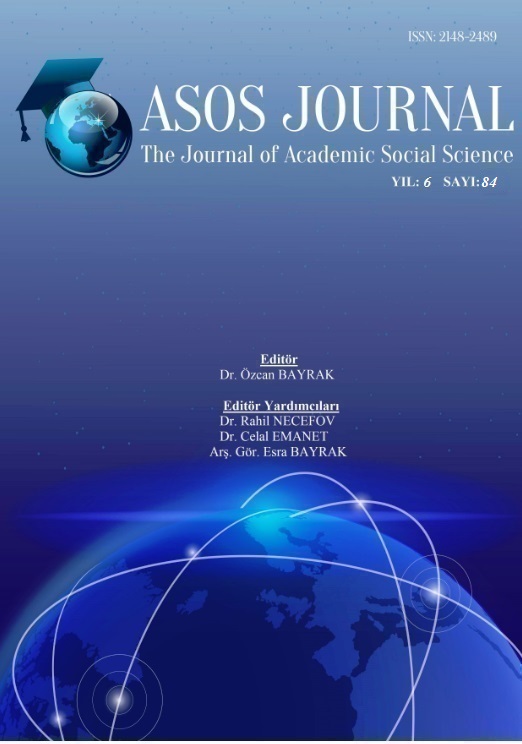Author :
Abstract
Karar ağaçları sınıflandırma, regresyon problemlerini içeren birçok alanda kullanılmaktadır. Model Ağaçlar yönteminin diğer regresyon ağaçlardan temel farkı; yapraklarda tahmini değer üretilmesi yerine çok değişkenli doğrusal modeller oluşturmasıdır Bu çalışmada paslanmaz çelik sektöründe faaliyet gösteren, bir firmanın satış analizi ve tahmini M5P (Model Ağaç) yöntemiyle gerçekleştirilmiştir. Firmaya ait veritabanından Ocak 2008-Aralık 2017 arasındaki toplam satış, makine ve metal sektörleri aylık satış rakamları elde edilmiştir. Modeldeki bağımsız değişkenler paslanmaz çelik talebini etkileyen, nikel, krom, demir, fiyatları, dolar kuru, Üretici Fiyat Endeksi, Sanayi Üretim Endeksi ve İmalat Sanayi Kapasite Kullanım Oranı olarak belirlenmiştir. Elde edilen bulgularda Toplam Satış ve Metal Sektörü satış birbirine benzer olarak kök düğüm Dolar Kuru olmak üzere, Dolar Kuru-Krom madeni kritik değerlerine göre ait dört model elde edilmiştir. Toplam Satış ve Metal Sektörü satışlarında kök düğüm ve kritik değerler farklı rakamlarda gerçekleşmiştir. Makine Sektörü tahmininde kök düğüm ÜFE olmak üzere ÜFE-Dolar kuru kritik değerlerine göre altı model elde edilmiştir.
Keywords
Abstract
Decision trees are used in many areas including classification, regression problems. The main difference of the Model Tree method from other regression trees; instead of producing an estimated value in the leaves, it creates multivariate linear models. In this study, the sales analysis and estimation of a company operating in stainless steel sector were realized by using M5P (Model Tree) method. Total sales, montly sale values of machinery and metal sectors between January 2008 and December 2017 were obtained from the database of the company. The independent variables in the model were determined as nickel, chrome, iron, prices, dollar rate, Producer Price Index, Industrial Production Index and Manufacturing Industry Capacity Utilization Rate, which affect stainless steel demand. According to the findings obtained, four models were obtained according to the Dollar Dry-Chromium mine critical values, which are similar to each other in terms of total sales and metal sector sales. Root node and critical values in the Total Sales and Metal Sector sales were realized in different figures. Six models were obtained according to the PPI-Dollar dry critical values, which are root knot PPI in the estimation of the machinery sector.





